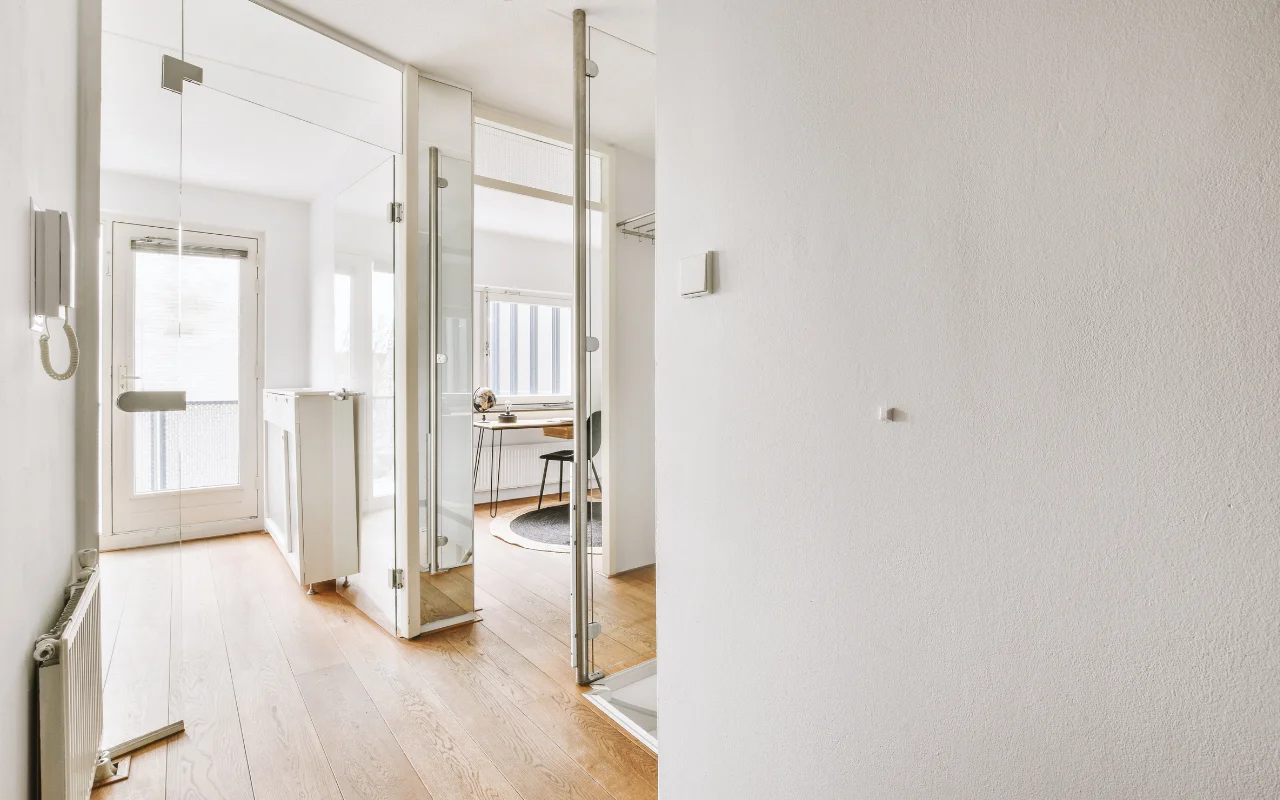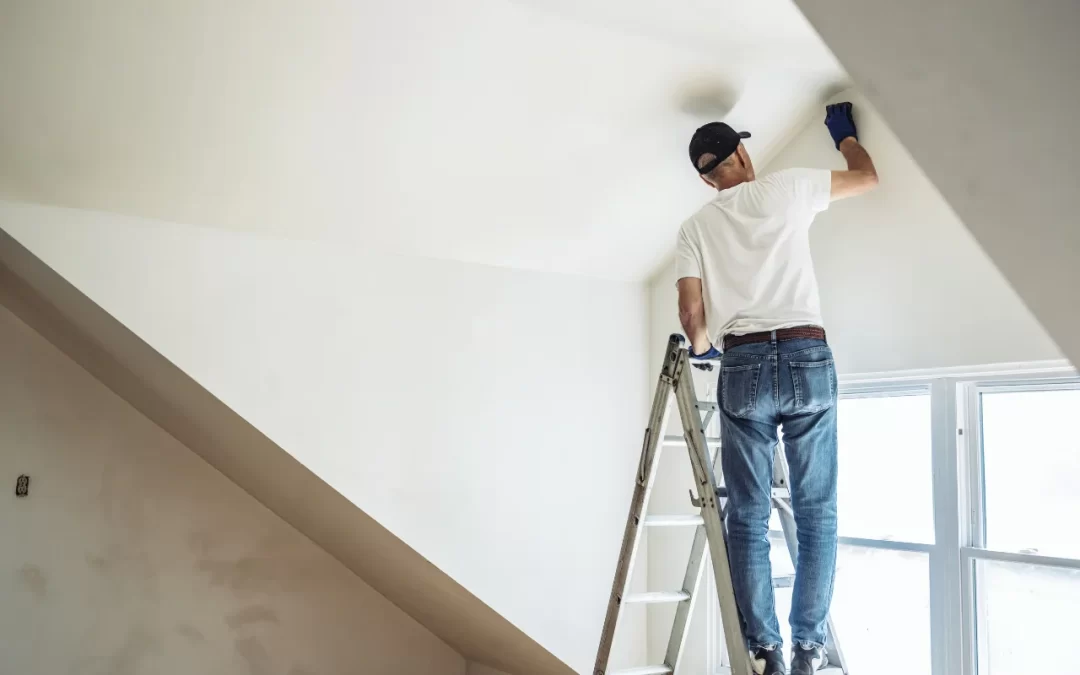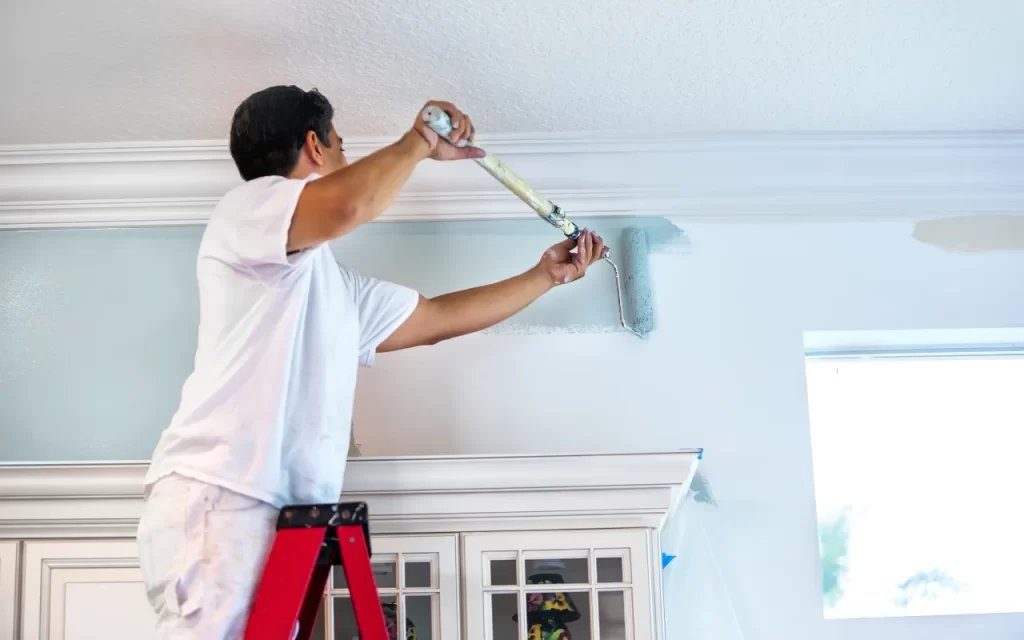Painting the interior of your home is a great way to refresh the space without breaking the bank. However, with countless options for paint, tools, and techniques, achieving a professional look without overspending can be challenging. In this blog, we’ll share five tips to help you get that perfect interior paint job while controlling costs. Along the way, we’ll answer some common questions about the process and share expert insights for homeowners.
1. Plan and Set a Budget
One of the most crucial steps in any home improvement project is setting a clear budget. Before you begin your residential painting project, assess your needs and create a financial plan. Consider the size of the rooms, the number of coats required, and the types of paint you’ll need. Smaller rooms typically require less paint and fewer supplies, making them more affordable to paint.
What Should It Cost to Paint a Residential Room?
The cost to paint a room varies based on several factors, including room size, paint quality, and whether you hire a professional. On average, painting a single room in Australia can cost between $300 to $800 if you do it yourself. However, hiring a professional might cost more due to labour fees, but it guarantees a higher-quality finish. Be sure to calculate these costs when setting your budget.
2. Choose the Right Paint and Tools
Choosing the right paint is essential for a beautiful finish that lasts. While it might be tempting to purchase the cheapest option, low-quality paint often requires more coats and touch-ups over time, increasing costs in the long run. Invest in high-quality paint that offers good coverage, durability, and resistance to wear.
What is the most common type of paint used in residential areas?
For residential interiors, residential painting professionals often recommend latex or acrylic-based paints. These paints are water-based, easy to clean, quick-drying, and eco-friendly. Acrylic paints last longer, making them an excellent choice for places like living rooms, kitchens, and halls, which are often used.
When selecting your tools, opt for quality rollers and brushes. This will help ensure even application and reduce the risk of streaks or imperfections. Remember to use painter’s tape to keep lines sharp around trims and edges.
3. Prep the Surface for a Professional Finish
A great paint job begins with proper preparation. Take advantage of this crucial step even if you’re on a budget. First, clean the walls to remove dust, dirt, and grease that can make it hard for the paint to stick. To clean the walls, mix light soap with water and scrub them. Then, let them dry completely.
Next, fill any holes, cracks, or imperfections in the walls using a quality filler. Sand the patched areas and other rough spots to create a smooth surface. This extra effort will give your paint a flawless, professional look and ensure it adheres properly.
Do I Need Permission to Paint Residential Interiors?
Painting inside most of the time doesn’t require clearance. But if you rent your home, talk to your owner or property manager before making any changes. Permission might be needed for exterior projects or homes within specific communities, especially if the property is subject to homeowner association guidelines.
4. Stick to a Neutral Colour Palette
Choosing the right paint colour is critical to making your home look great but can also impact the budget. Neutral tones like greys, whites, and beiges are versatile and timeless, meaning they will stay in style quickly. This allows you to refresh the decor without repainting too often, saving you money.
One popular trend in modern homes is using grey shades for a clean, contemporary look. Grey is easy to complement with different furniture and decor styles and is a perfect backdrop for vibrant and muted accents.
For homeowners considering exterior painting projects, Why Grey House Paint is the Best Choice for Modern Exterior is a topic worth exploring. Grey tones enhance curb appeal and make the property look more cohesive and updated.
5. DIY vs. Hiring a Professional
A few things affect whether you should paint the room or hire a professional. If you’re on a strict budget, DIY painting can significantly reduce costs, but it does require time, patience, and some level of skill. On the other hand, hiring professional painters ensures a high-quality finish and often includes preparation and cleanup in their fees.
What paint do most professional painters use?
Professional painters typically use high-quality, durable paints from brands like Dulux, Taubmans, or Haymes. These paints are known for their long-lasting finish and superior coverage, which means fewer coats and a more even result. While they may be pricier upfront, their quality can save money in the long run by reducing the need for frequent repainting.

Bonus Tip: Maximize Your Paint Efficiency for Paint Residential Projects
Stretch your budget by being efficient with your materials. Measure your rooms accurately and calculate how much paint you’ll need. Online paint calculators can help estimate the required quantity based on room dimensions. Applying primer first can reduce the number of paint coats required, mainly if you cover dark or bold colours with lighter tones.
How Much Does It Cost to Paint Residential Interiors?
Suppose you’re curious about the cost of a complete interior repaint. In that case, several factors come into play, including the house size, the type of paint used, and whether you hire professionals. If you’re wondering How Much to Repaint a House Interior, it can range from $3,000 to $10,000, depending on the project’s scope. Budget-conscious homeowners might tackle one room at a time to manage costs.
Plan and make wise choices if you want to spend less money painting your house. Planning and making smart choices can help you get a beautiful finish without spending too much if you’re painting your home on a budget. Planning, investing in quality materials, and preparing can transform your home into a beautiful space. We at Stretch Paints can provide solutions for professional advice or premium-quality paints.



Recent Comments